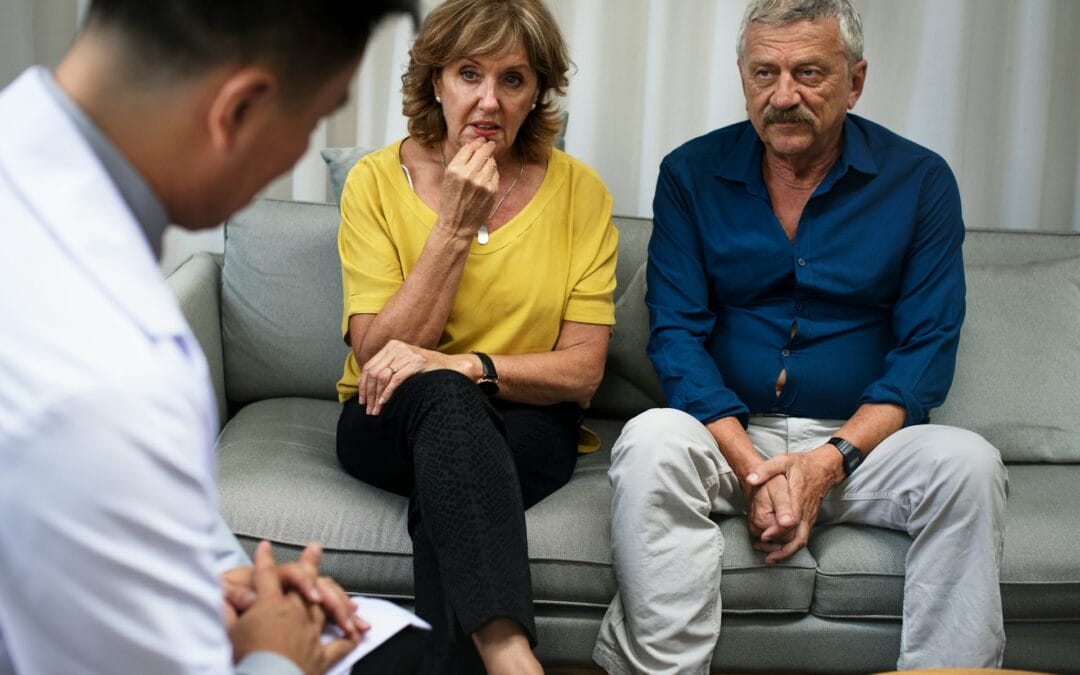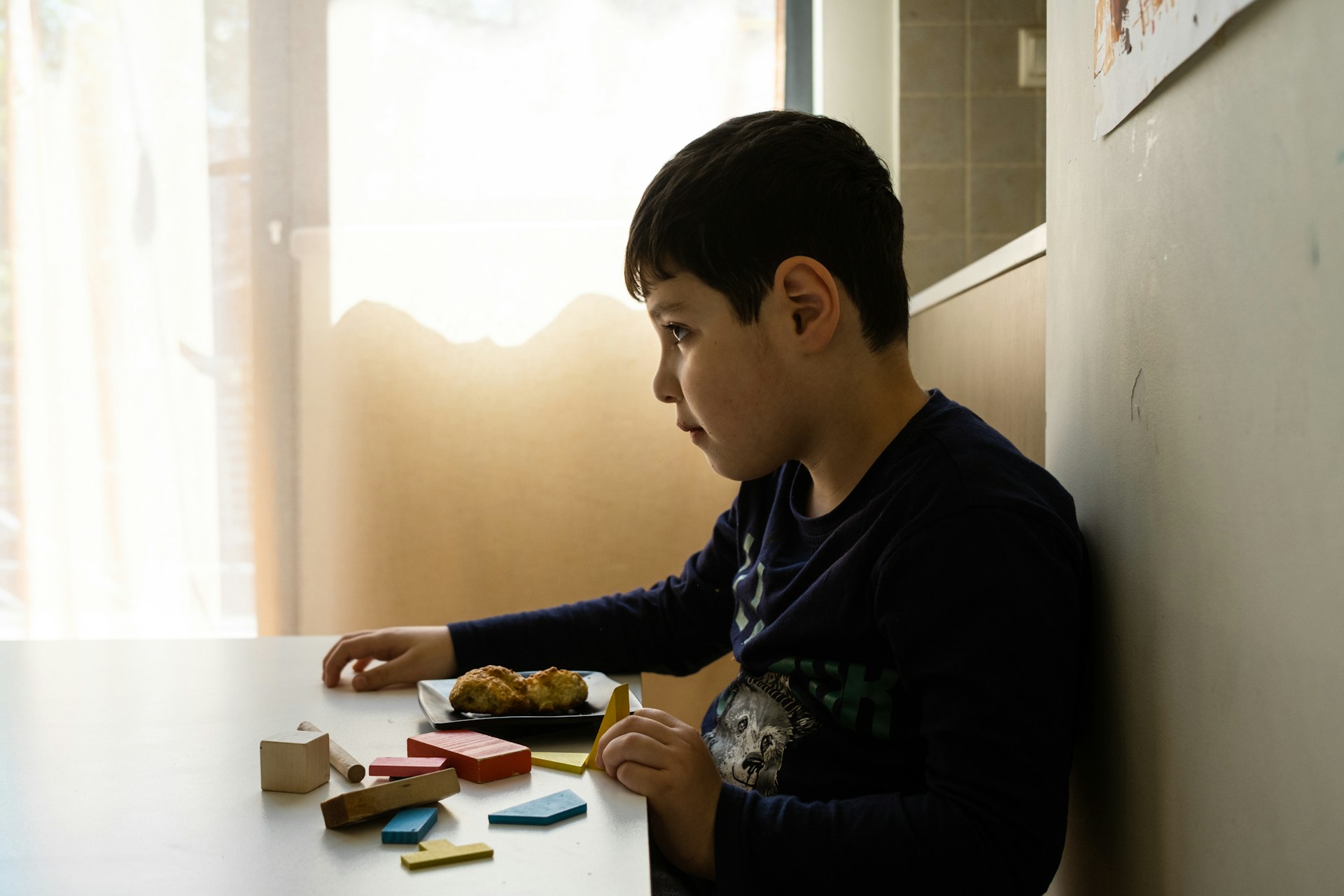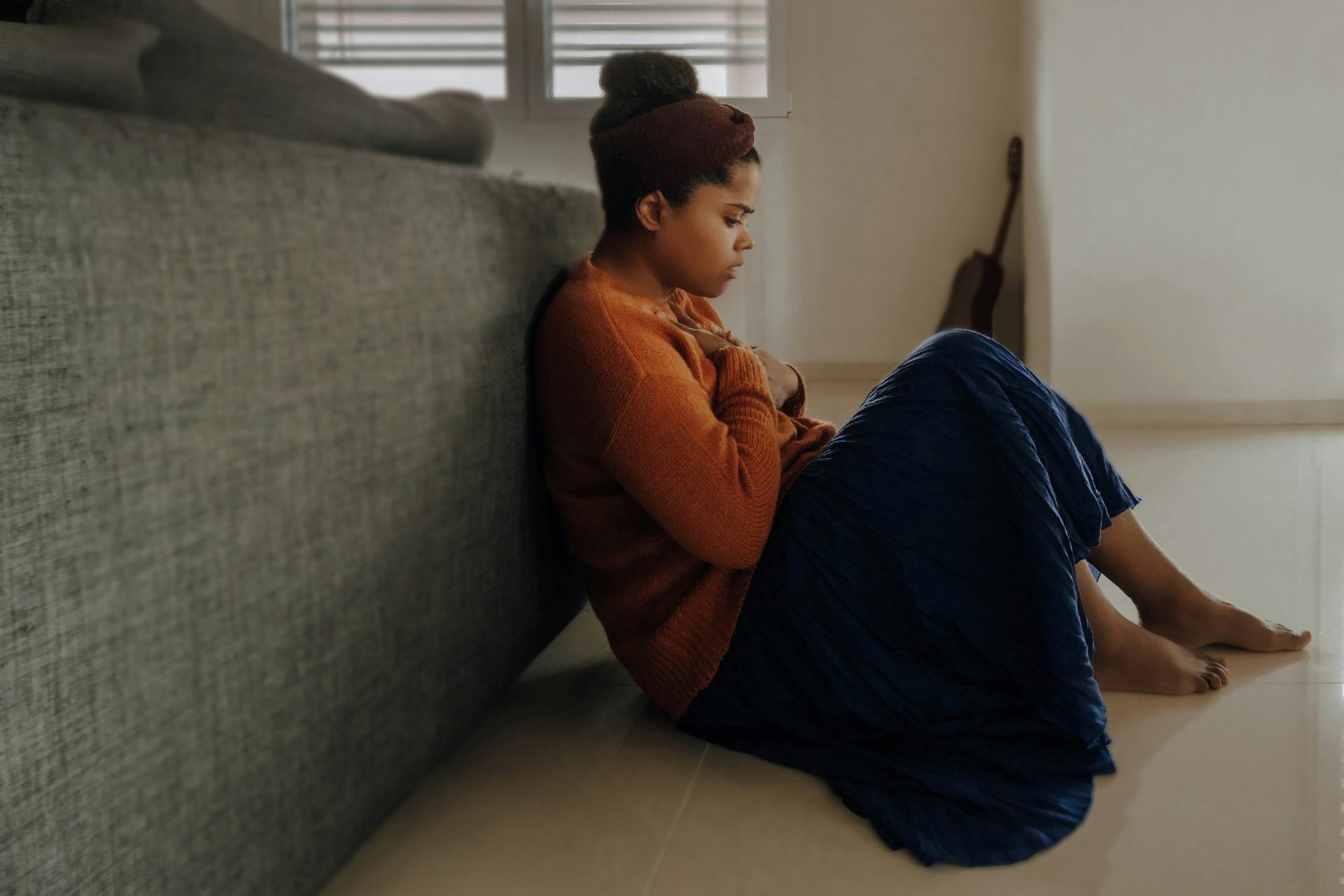When one partner has ADHD and the other doesn’t, conversations can feel more like crossed wires than clear communication. One person might get distracted mid-sentence or misread a serious topic as lighthearted. The other might feel ignored, unheard, or overwhelmed trying to hold everything together. These moments can build tension in a relationship, especially when they happen often or during stressful times. But communication doesn’t have to stay stuck in that cycle.
Every couple deals with miscommunication now and then, but ADHD can make those slip-ups more frequent. That’s why it helps to understand not only the behavior itself but also what’s behind it. Learning how ADHD affects communication styles and finding small ways to adjust expectations can ease the pressure for both partners. When both people feel seen and heard, it opens the door to a better connection and fewer misunderstandings.
Understanding ADHD And Its Impact On Communication
ADHD, short for Attention Deficit Hyperactivity Disorder, doesn’t just show up in childhood or the classroom. When it continues into adult life, it can affect attention, memory, organization, and emotional regulation. All of this plays a part in the way someone speaks, listens, processes information, and reacts during conversations.
It’s easy to mistake a lack of follow-through as carelessness. But for someone with ADHD, remembering to call back or staying focused during an important talk can feel like a real struggle. A partner without ADHD might experience this as forgetfulness, distraction, or lack of interest. That can lead to hurt feelings, especially when needs and expectations aren’t clear.
Common challenges ADHD might bring into communication include:
– Interrupting or speaking over a partner without meaning to
– Losing focus mid-conversation or missing important details
– Difficulty following through on shared plans or agreements
– Overreacting emotionally during conflict due to impulsivity
– Struggling to recall earlier discussions, even when they were meaningful
Now, think about a partner who doesn’t have ADHD. They might rely on structure, routines, and logic when working through problems. When conversations don’t follow a clear path or when emotions take over quickly, they may pull away or become resentful. This difference in style makes it harder to stay on the same page.
Take, for example, a couple planning a weekend together. The non-ADHD partner may lay out a full schedule, assuming the plan is confirmed. The ADHD partner, distracted during the talk, forgets key details and double-books the time. What results is an argument built on a gap in attention, not a lack of care. Once both partners understand this pattern, they can work toward better ways of planning and checking in.
Clearer communication starts when both people step back and look at how ADHD is driving certain behaviors, not through blame, but with curiosity and compassion.
Effective Strategies For ADHD And Non-ADHD Partners
Good communication isn’t about being perfect. It’s about working together to build habits and language that make both people feel safe and understood. Here are a few ways couples can reduce friction and have more helpful conversations:
1. Set Clear and Realistic Expectations
Discuss what each person needs in day-to-day life, especially when it comes to routines and responsibilities. Be specific. Instead of saying, “Help more around the house,” try saying something like, “Can you pick up the mail every Tuesday and help wash dishes after dinner?”
2. Use Consistent Routines and Reminders
A shared calendar, to-do app, or even sticky notes placed in common spots can help keep tasks front of mind. Routines reduce confusion and take pressure off of having to remember every detail on the spot.
3. Practice Active Listening
When one person is talking, the other should try to focus fully. That means no phones, no multitasking, and waiting for the other person to finish before responding. Summarizing what you heard before offering your thoughts can help show you’re both on the same page.
4. Stay Curious, Not Defensive
Misunderstandings will happen. Instead of jumping to conclusions, ask questions like “Did you mean…” or “Can you walk me through what you were thinking?” This opens the door to clarity and reduces the chance of things spiraling.
5. Understand and Respect Different Processing Speeds
The ADHD partner may need time to get their thoughts in order. The non-ADHD partner may want quicker responses. Agree on ways to pause, take a break, and come back to heavier talks when both people are present and calm.
No one gets communication right all the time. But with some effort, small shifts can build trust and repair disconnections. These strategies are about practicing and re-practicing until both partners feel they’re working together instead of against each other. Continued support and patience can help turn daily frustrations into meaningful growth.
Using Tools And Techniques To Improve Communication
Getting on the same page doesn’t always come naturally for couples where ADHD plays a role. There are practical tools and methods that can help smooth things out and make conversations more productive. These don’t need to be complicated to be effective. Often, the simplest solutions make the biggest difference.
Start by using visuals to stay organized. Shared calendars, whether digital or paper, help both partners see what’s coming up without relying only on memory. Sticky notes around the house can serve as reminders for tasks or appointments. Color-coding systems, labels on containers, or visual checklists can all cut down on stress and confusion from forgotten plans or everyday decisions.
Mindfulness is another way to support better conversations. When emotions start to rise, a short pause before replying helps reduce reactive or defensive responses. Taking a few deep breaths or stepping away for a moment gives both people space to reset. Grounding techniques like touching a familiar object or focusing on your feet on the floor can also help let go of tension during heated exchanges.
There’s also a lot of value in regular check-ins. These don’t have to be serious or long. Just ten minutes once a week, maybe over coffee, can give couples a chance to review what’s been working, what’s been tough, and what’s coming up next.
Here are a few habits couples can try to support better communication:
– Share a joint planner or calendar to stay on the same page
– Schedule brief weekly check-ins to build a routine of open dialogue
– Use phone reminders or timers to stay on track with tasks and transitions
– Try a short breathing exercise during emotional pauses
– Label and organize shared areas to avoid constant clarification
These tools lighten the load of daily stress and help each partner feel like their needs matter and are being heard.
Seeking Professional Help Through ADHD Marriage Counseling
Sometimes, even with effort and tools, the same arguments or disconnections keep coming back. That’s when professional support can help. ADHD marriage counseling offers space for both people to bring their concerns, hopes, and goals into a place of care and understanding.
This type of counseling focuses on what’s unique about relationships affected by ADHD. Instead of just addressing surface-level issues, it looks at the patterns and needs of both partners. When guided by a specialist, couples can identify unhealthy habits, uncover what’s behind frequent miscommunication, and work through moments that feel stuck or frustrating.
One of the benefits of counseling is having a neutral voice in the room. A therapist can help slow down the conversation, reflect what’s been said, and offer suggestions that meet the couple’s pace. It helps defuse defensiveness and allows both partners to hear one another without reacting from past hurt.
Picture a couple in a loop about chores or parenting. One feels underappreciated. The other feels criticized. Without a space to unpack this, the same fight might come up again and again. With ADHD marriage counseling, they can name the cycle, understand what fuels it, and learn how to break it together instead of falling into it.
Seeking help doesn’t mean a relationship is beyond hope. It means both people care enough to try something different and to grow under the guidance of someone who understands these challenges.
Keeping the Connection Growing with Patience and Shared Effort
A strong relationship when ADHD is part of it doesn’t happen overnight. It’s built over time, with patience, care, and a lot of small but steady actions. There will be good days, tough ones, and plenty of moments in between.
Give space for mistakes and for learning. ADHD impacts how someone processes emotion, memory, and attention. But it doesn’t change their intention or the care they hold for their partner. When both people learn to see and support those differences instead of resenting them, the relationship gains strength.
Small progress matters. Something as simple as consistently showing up for a weekly check-in, following a new reminder system, or improving how arguments are handled is worth acknowledging. These moments build trust and show both people are still showing up for each other.
Growth happens in the day-to-day, not just during the big talks. With mutual effort, helpful tools, and support when needed, couples can build a relationship where both people feel heard and understood. Even in tough moments, it’s possible to move forward with more confidence, kindness, and connection.
Building a strong connection when ADHD is part of your relationship takes both patience and understanding. If you’re finding it challenging to communicate effectively or manage ADHD’s impact on your partnership, consider exploring ADHD marriage counseling with Dr. Shahin Carrigan Ph.D., MFT. With expert guidance, both partners can learn strategies that support better communication and a more harmonious relationship.




